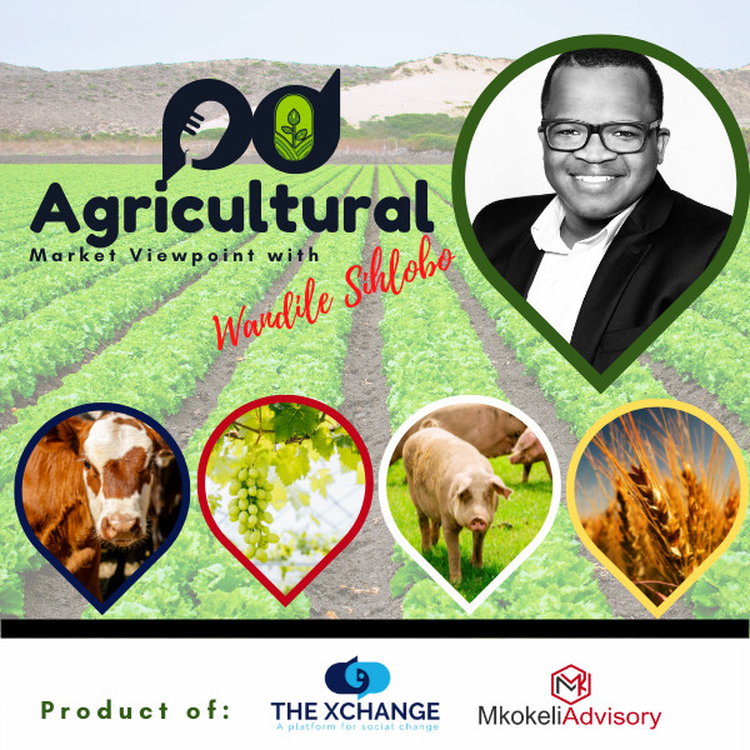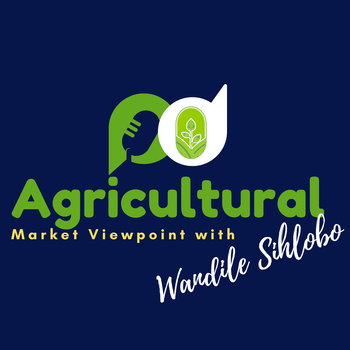
SA agricultural exports could soften in 2023
Loading player...
South Africa's agricultural export earnings will likely soften this year from the 2022 record. The lower commodity prices, ongoing restrictions to exports of some livestock products because of the foot-and-mouth disease and the stringent regulations of the citrus black spot disease in the EU market are among some of the factors likely to result in lower export earnings.
While SA's agricultural exports have remained relatively solid in the first few months of the year, we are expecting the effects of these challenges to be more evident in the second half. South Africa's agricultural exports for the first five months of this year were still robust, amounting to US$5,06bn, roughly unchanged from the corresponding period in 2022.
The export destinations remained the same as the previous years, with the African continent as a leading market, followed by the EU and selected Asian and Middle-East markets.
Outside these regions, the US was also a prominent export market. With the citrus industry and nuts benefiting from AGOA in the US market, its continuation is vital for these industries. In terms of products, citrus, maize, apples and pears, soybeans, wine, wool, sugar, flour meals, fruit juices, and various nuts were the leading products in the exports.
The citrus challenges in the EU are not new. In the 2022 export season, South Africa experienced another challenge in that market, where the EU proposed changes to its plant safety regulations for citrus without notifying its trading partners within a reasonable time.
These changes purported to protect the EU from a quarantine organism, the false codling moth, by introducing stringent new cold treatment requirements, particularly on citrus imports from Africa, mainly impacting South Africa, Zimbabwe and the Kingdom of Eswatini. But South Africa had already put rigorous measures to control false codling moth. As such, we viewed this as a measure to protect the EU's citrus-growing countries like Spain.
The engagements on this issue between South Africa and the EU are ongoing, and the citrus black spot disease issue adds to this challenging environment. The appropriate channel for resolving the matter is through the continuous engagement of the South African government with the EU authorities. From a South African perspective, the EU is a crucial export market for the citrus industry. A speedy resolution of these matters and clarity for long-term rules is important beyond the near-term dissatisfactions on both sides.
Regarding foot-and-mouth, the livestock industry continues to struggle with the tail-end challenges of last year's outbreaks. As we stated in a previous note, the South African government, organized agriculture, and industry bodies should closely work together to address biosecurity challenges in the country. Notably, the government must assist at such times to ensure the sustainability of farming businesses and jobs in rural South Africa. Fortunately, this year, wool exports have not been interrupted, as was the case in 2022 when China temporarily banned wool from South Africa because of fears of foot-and-mouth disease. Hence, wool was amongst South Africa's top ten agricultural export products in the first five months of this year.
Beyond these industry challenges, another constant matter worth continuous engagement is the effectiveness of the ports. This year is arguably better than last year regarding delays the agricultural sector faces. The ongoing engagements between Transnet and the industry help ensure effective communication and that glitches in logistics are resolved quickly. Still, more work is needed to improve the logistics and, by extension, lower the cost of exporting.
South Africa's agricultural sector will remain a net exporter in 2023. But the value may not be as robust as in 2022 when the sector reached a record US$12,8bn. At the time, the increase in the volume and value of exports was the key driver.
We discuss more in this week's po
While SA's agricultural exports have remained relatively solid in the first few months of the year, we are expecting the effects of these challenges to be more evident in the second half. South Africa's agricultural exports for the first five months of this year were still robust, amounting to US$5,06bn, roughly unchanged from the corresponding period in 2022.
The export destinations remained the same as the previous years, with the African continent as a leading market, followed by the EU and selected Asian and Middle-East markets.
Outside these regions, the US was also a prominent export market. With the citrus industry and nuts benefiting from AGOA in the US market, its continuation is vital for these industries. In terms of products, citrus, maize, apples and pears, soybeans, wine, wool, sugar, flour meals, fruit juices, and various nuts were the leading products in the exports.
The citrus challenges in the EU are not new. In the 2022 export season, South Africa experienced another challenge in that market, where the EU proposed changes to its plant safety regulations for citrus without notifying its trading partners within a reasonable time.
These changes purported to protect the EU from a quarantine organism, the false codling moth, by introducing stringent new cold treatment requirements, particularly on citrus imports from Africa, mainly impacting South Africa, Zimbabwe and the Kingdom of Eswatini. But South Africa had already put rigorous measures to control false codling moth. As such, we viewed this as a measure to protect the EU's citrus-growing countries like Spain.
The engagements on this issue between South Africa and the EU are ongoing, and the citrus black spot disease issue adds to this challenging environment. The appropriate channel for resolving the matter is through the continuous engagement of the South African government with the EU authorities. From a South African perspective, the EU is a crucial export market for the citrus industry. A speedy resolution of these matters and clarity for long-term rules is important beyond the near-term dissatisfactions on both sides.
Regarding foot-and-mouth, the livestock industry continues to struggle with the tail-end challenges of last year's outbreaks. As we stated in a previous note, the South African government, organized agriculture, and industry bodies should closely work together to address biosecurity challenges in the country. Notably, the government must assist at such times to ensure the sustainability of farming businesses and jobs in rural South Africa. Fortunately, this year, wool exports have not been interrupted, as was the case in 2022 when China temporarily banned wool from South Africa because of fears of foot-and-mouth disease. Hence, wool was amongst South Africa's top ten agricultural export products in the first five months of this year.
Beyond these industry challenges, another constant matter worth continuous engagement is the effectiveness of the ports. This year is arguably better than last year regarding delays the agricultural sector faces. The ongoing engagements between Transnet and the industry help ensure effective communication and that glitches in logistics are resolved quickly. Still, more work is needed to improve the logistics and, by extension, lower the cost of exporting.
South Africa's agricultural sector will remain a net exporter in 2023. But the value may not be as robust as in 2022 when the sector reached a record US$12,8bn. At the time, the increase in the volume and value of exports was the key driver.
We discuss more in this week's po

